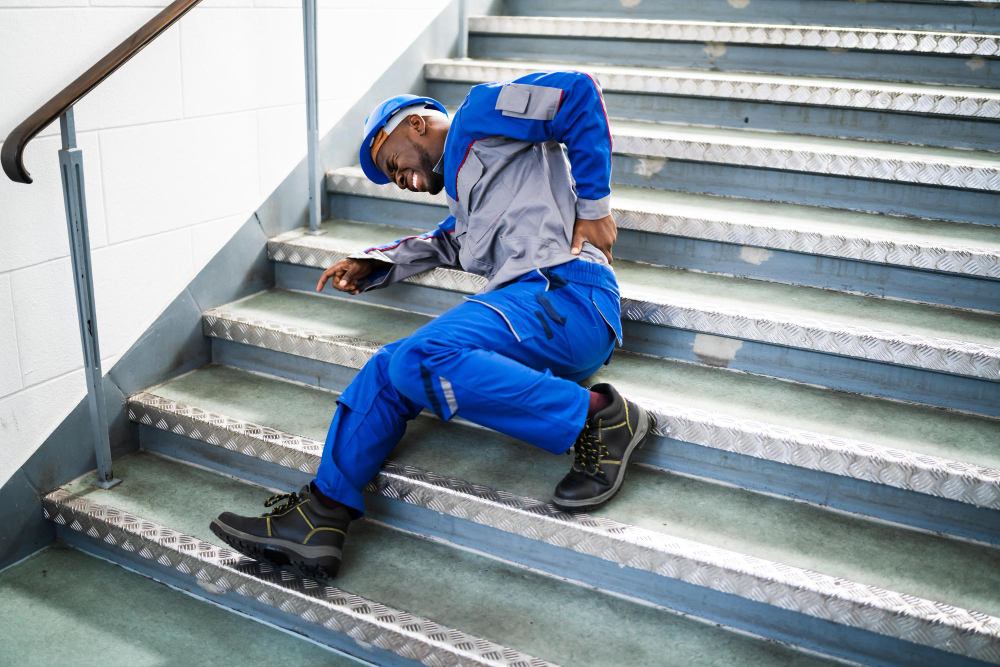
Slip and fall accidents are the most prevalent non-fatal accidents in the United States. These injuries can be frustrating to deal with as you heal because they often result in high medical bills, loss of productivity, absenteeism, among other problems. Here are some important facts we can learn from slip and fall statistics.
Every year, one million people in America seek medical assistance after a slip and fall accident. Slip and fall injuries can overwhelm health systems, given that they make up 12% of emergency room visits. Not only are these accidents commonplace, but they can also be severe. Statistics indicate that 20 to 30% of slip and fall injury claims include broken bones. Slip hazards are also the most common cause of brain injuries and hip fractures.
A report from the National Safety Council shows accident-related injuries are the third leading cause of death. Among seniors, slip and fall accidents are the most prevalent, accounting for two-fifths of fatalities for that age group. Among the most prevalent slip and fall injury claims are spinal cord fractures. For older adults, they surpassed auto accidents as the leading cause of spine damage. Seniors are more susceptible to falls due to physiological reasons such as muscle weakness and difficulty with balance. On those premises frequented by seniors, inadequate lighting and bumps in the flooring can raise the risk of falling. It is up to the property owner to put warning signs and other safety features to avoid liability.
According to the CDC, slip and fall injuries account for $50 billion in healthcare costs. While Medicare and Medicaid pay for more than half of those costs, individuals still often pay approximately $20,000 to $30,000 in medical costs related to these injuries. If you were injured due to another person's negligence, you may be able to have these medical costs covered by the insurance of the person at-fault for your accident.
When reviewing slip and fall injury claims, the focus is often on healthcare expenses. However, loss of work and income can be psychologically and financially draining. On average, businesses lose a total of 11 days of work. The organization will suffer losses from the resulting increase in labor costs. As an individual, you might not only lose your livelihood but also your passion and motivation. Severe injuries can compromise your ability to deliver, even after recovery.
You can make a slip and fall injury claim against a homeowner or business for causing an accident through negligence. For example, an organization that lets snow accumulate on their premises may be liable if a fall happens on the property. Unfortunately, most people may shy away from making a slip and fall injury claim because they are anxious about appearing in court. However, statistics show only 2% of disputes get to a jury trial.
After a fall, a personal injury attorney may assess the property owner's responsibility to develop a case. Most slip accidents are preventable. Regulations require business and residential premises to have appropriate safety measures. Therefore, if the owner of the property had not taken precautions to avoid slips and falls, they may be liable for injuries incurred in their property.
A lawyer can help you put together a slip and fall injury claim. Depending on your jurisdiction, you may have between two to six years to present a case. It is always wise to start the process as soon as possible.
The road ahead is changing rapidly as self-driving and driverless trucks become more common. At the Law Offices of Andrew Zeytuntsyan, we’re committed to staying on top of these…
Read More